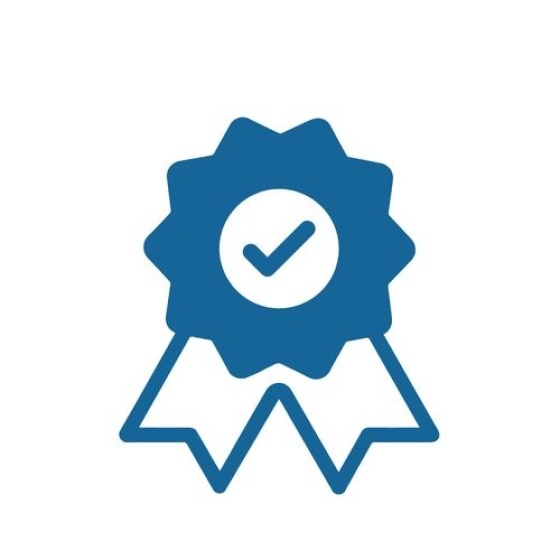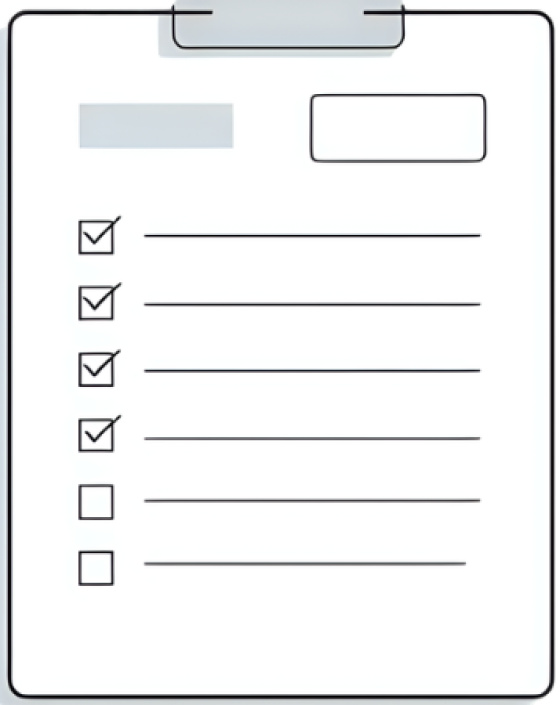What are the characteristics and benefits of a high-quality buyer database?

Rather than managing a large but ineffective database, professionals should focus on quality and relevance. Agence Plus invites you to explore the advantages of a high-quality buyer database, the steps to build it, and the strategies to ensure effective targeting.
The benefits of a high-quality buyer database
A high-quality buyer database is an essential lever for real estate agents looking to increase efficiency and optimize their conversion rate.
The main advantage lies in saving you time.
A well-structured database allows you to target genuinely interested buyers and offer them properties that match their needs, avoiding unnecessary visits. Likewise, if your prospects’ search criteria are correctly recorded—combined with regular follow-up calls, which remain key to maintaining strong client relationships—you can take full advantage of the automatic property alert features. In this specific case, it is clearly demonstrated that automation becomes counterproductive and works against you if the criteria in your database are inaccurate, causing prospects to receive listings that do not match their project.
A direct consequence of accurate targeting is improved conversion rates. With precise and relevant data, your database allows you to refine the matches between available properties and clients’ preferences. This inevitably increases your chances of turning a prospect into a buyer.
Another key benefit: improved customer satisfaction. With access to relevant information, you can offer more personalized services and strengthen the trust-based relationship with your clients—your greatest asset for building your reputation and generating future recommendations.
How to build and manage a high-quality buyer database
The quality of a database relies on relevant, structured, and regularly updated data.
The buyer discovery phase
As the starting point of any client relationship, the buyer discovery phase—whether during the first phone call, meeting, or follow-up—should be used to gather as much useful information as possible. Take the time to ask questions about your client’s project, expectations, and needs, as well as their daily life, lifestyle, passions, and hobbies. Show genuine listening and empathy to collect key information, including their contact details, profession, motivations for buying, financing methods, past real estate experiences, lifestyle habits, and search criteria such as targeted location, property type, budget, and specific requirements (elevator, open view, number of bedrooms, etc.).
These initial conversations will lay the foundation for a strong relationship of trust. Pay attention to details that, while sometimes minor, show your attentiveness: the children’s names or schools, the type of pet, a personal anecdote shared during the exchange, etc.
Structuring and qualifying data
Once the data has been collected, make sure to record all the information in your management tool, which centralizes and organizes your buyer data. For each criterion, you will be able to effectively segment prospects and ensure precise targeting.
You can, for example, identify potential buyers based on their stage of readiness to purchase (exploratory, active search, or ready to buy) or by category (investors, first-time buyers, or second-home seekers). This allows you to tailor your approach according to each profile and their specific expectations.
Ensuring regular updates
A high-performing database requires constant maintenance to prevent it from becoming outdated. Each contact should be an opportunity to adjust, complete, and enrich your client knowledge—and, if necessary, to update the categories assigned to each prospect. Be sure to consider behaviors in response to your email campaigns or their interactions with your website. Also, make use of your CRM’s features by setting up reminders to follow up with prospects after a certain period and confirm that their criteria have not changed. Finally, remember to regularly remove inactive or irrelevant contacts to maintain a concise and effective database. Want to learn more? Contact our team.
Questions? Need real estate coaching or training? Our teams are here to help — let’s talk.
Click here to book an appointment





